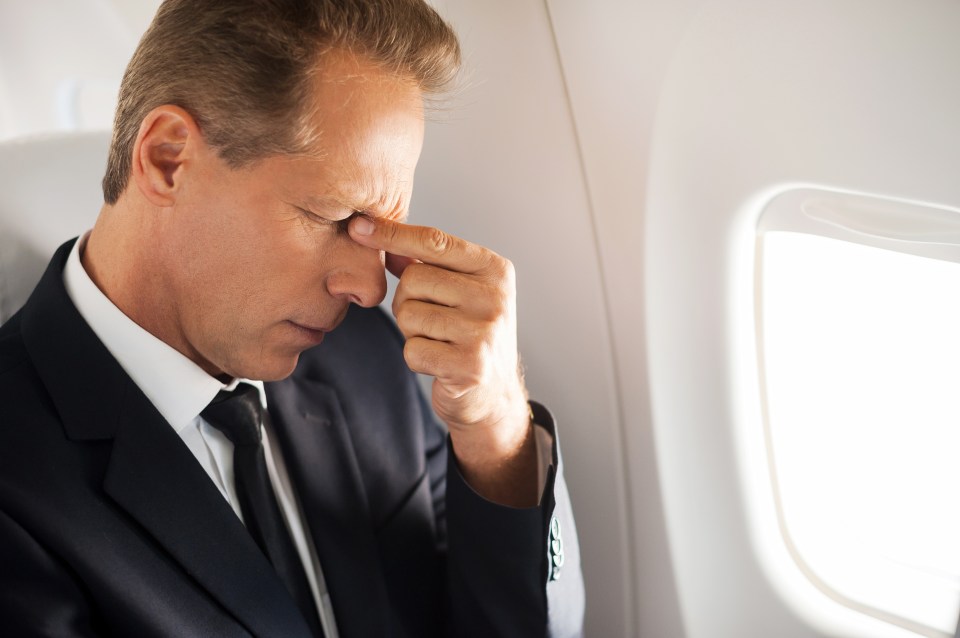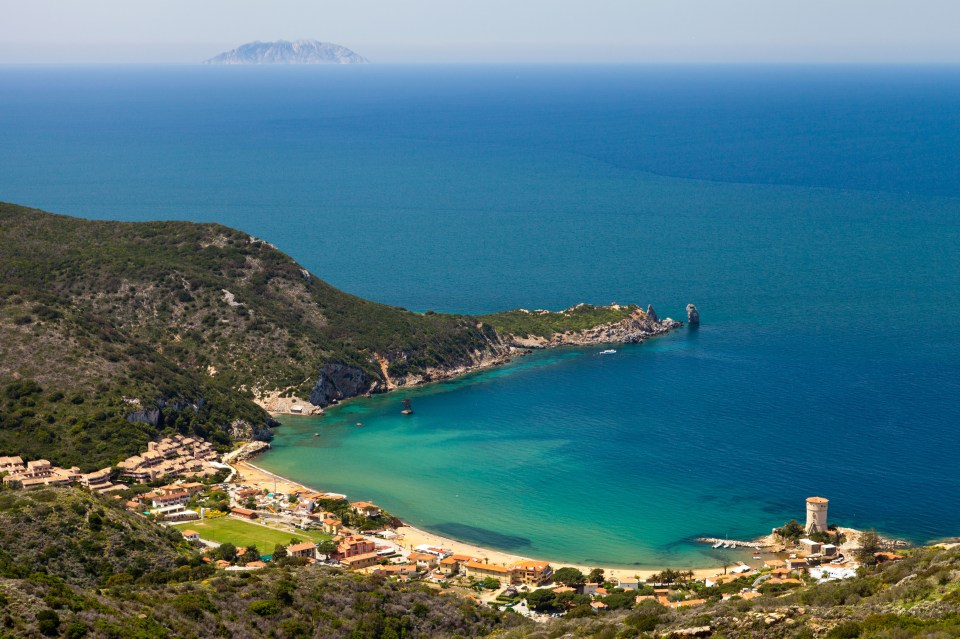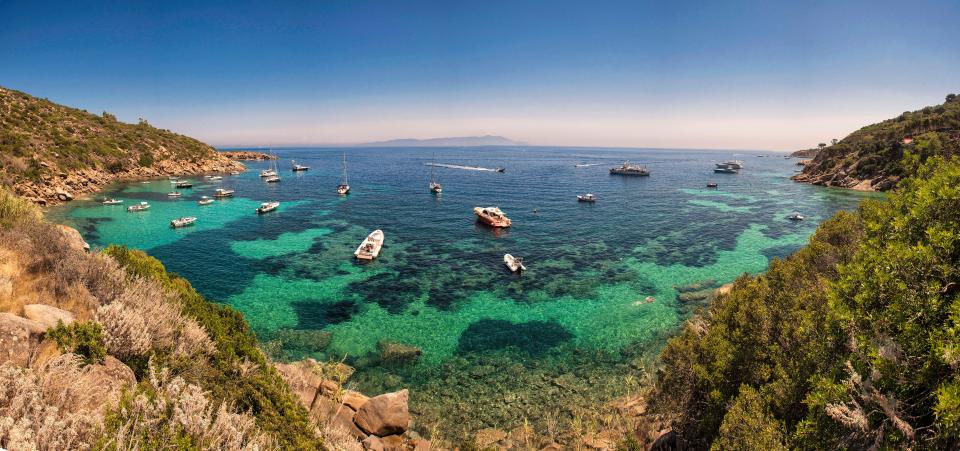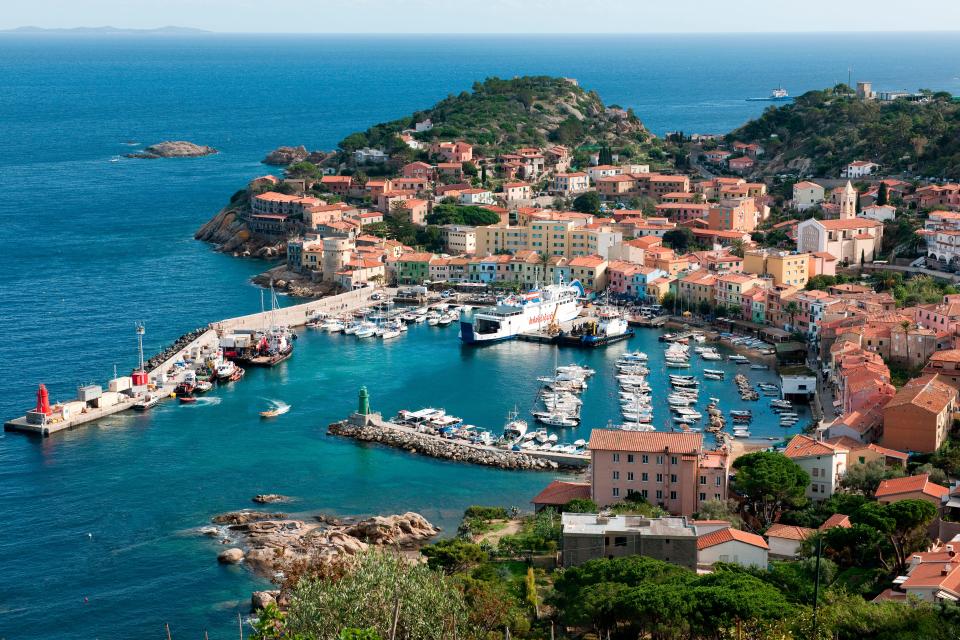Boeing production workers last went on strike 16 years ago. But the “Fighting Machinists” still know how to do it.
Three weeks into industrial action sparked by a dispute over pay and benefits, a well-oiled system sustains picket lines outside the Washington state plants where many of the manufacturer’s aircraft are normally built.
At the union hall in Seattle, workers split logs to feed the burn barrels that keep picketers warm at night, while debit cards are distributed that allow them to pick up weekly strike pay of $250, funded by the union. Twelve miles away in Renton, strikers can help themselves to sandwiches, clam chowder and chilli, while a food bank is stocked with canned soup and boxes of macaroni and cheese.
Further north in Everett, where Boeing’s 777 and 767 planes are assembled, union members Sara Beecher and Ken Ogren drive between picket lines to check that people are not going hungry.
“You guys need anything?” Ogren asked strikers at each stop when the Financial Times visited this week. “Water? Pizza?”
The strike is the latest crisis the company has faced in the past five years. Twin crashes that triggered the worldwide grounding of the 737 Max, the Covid-19 pandemic and then January’s door panel blowout on a commercial flight have left Boeing $53bn in debt, having disgorged $8.3bn in cash this year.


Needing about $10bn in cash on hand to fund its operations, the company faces the prospect of having to sell stock worth at least that amount to raise capital. Delivering aircraft — which is when customers make the bulk of their payments — is critical to the company’s goal of protecting its investment-grade credit rating.
But operations in the Pacific Northwest have ground to a halt after union members, frustrated with meagre pay rises during years of higher inflation, the elimination of their defined benefit pensions after a bruising fight in 2014 and a history of disrespect from top executives, voted 96 per cent last month to go on strike.
The union and Boeing are scheduled to meet on Monday with a federal mediator for further negotiations.
Bank of America analyst Ron Epstein estimated the strike is costing the company $50mn a day while delaying Boeing’s plans to improve manufacturing quality. Success on that front dictates when aviation regulators will allow the company to build up production of the Max above 38 a month, an increase that is essential to meeting Boeing’s goal of generating $10bn of free cash flow a year in 2026.
“The issues all feed into each other, creating a continuous doom loop while compounding the negative impacts,” Epstein said.
The industrial action has been a long time coming. The International Association of Machinists and Aerospace Workers District 751 told its 33,000 members several years ago to start saving funds to weather a strike.
Long-serving Boeing employees say the company’s culture changed after its merger with McDonnell Douglas in 1997. The leadership of executives such as Jim McNerney, who adhered to the corporate philosophy pioneered by Jack Welch at General Electric of cutting costs to improve Wall Street’s returns, squeezed the jet maker’s workers and suppliers to increase value for investors.

McNerney sparked worker outrage in 2014 when he boasted his leadership had left employees “cowering”.
Earlier that year, faced with a Boeing threat to move work on the 777 to its non-union plant in South Carolina unless workers’ traditional pensions were scrapped, union members agreed 51 per cent to 49 per cent to accept a contract that included less generous retirement arrangements. Union members said the company’s offer of $10,000 bonuses at the time of ratification swayed many younger workers hired in the run-up to the vote, and that turnout was suppressed because the union’s national leadership scheduled the in-person vote during the Christmas holidays.
The anger has not faded and is one factor powering the strike. Among a collection of labour movement paraphernalia on display at the Seattle union hall, one pin stands out: the machinists’ emblem, printed with the words “We cower to no one!”
“Everybody’s mad because of what they did,” said electrician Richard Clifford. “They’re just mad. That’s pretty much it.”
With wages having risen 4 per cent between 2016 and 2024, Boeing’s latest offer to lift them 30 per cent over four years is “just offering me a loss”, said Chris Cerovich, a union steward and quality assurance lead at Boeing’s spare parts centre in Seattle. “Who wants to accept a loss?”
Boeing brought in former Rockwell Collins chief executive Kelly Ortberg two months ago with the mission to lead the company to recovery. Ortberg has said he wants to “reset” Boeing’s relationship with its workforce and met in August with District 751 president Jon Holden.
The union started negotiations by asking for a 40 per cent pay rise over four years, which Epstein estimates would add about $1.3bn in costs by 2028, assuming average pay of $100,000.

Many picketers said Boeing no longer commanded the rarefied status as an employer it once held.
Billy Lorig, a union steward and Boeing veteran of almost three decades who brought younger colleagues out for a 4am shift on the picket lines last month so they could get used to the chill and the quiet, is frustrated by how many of them see Boeing as a job, rather than a career.
“Boeing used to be the elite company to work for in the past, and it’s not any more,” he said. “They’re still good, but they used to be great.”
Melius Research analyst Robert Spingarn found median pay at Boeing decreased 6 per cent between 2018 and 2023, while rising 12 per cent at 17 other aerospace and defence companies.
Some new hires start on $21-$23 per hour, just north of Seattle’s minimum wage of $19.97, and it takes six years to reach top pay. Older workers may be able to afford to live near Boeing’s facilities, workers say, but that is out of reach of younger hires.
“We’re building airplanes,” said Cristian Preoteasa, who was manning the line in Renton with his eight-year-old son. “A normal family working for a company like Boeing, they should be able to buy a house.”
Pensions and retirement income are critical issues to strikers. Some want to win back the defined benefit pensions they lost. Others want improved wages or funding for “401(k)” defined contribution retirement accounts. Epstein estimated reinstating the pension would cost $300mn-$400mn more a year than Boeing’s offer to fund employees’ 401(k) plans.
District 751 last week said the company has been “adamant” in negotiations that it would not restore the old pension but, Preoteasa noted, “even if we don’t have a shot, it’s big leverage”.

The machinists are in a position of considerable power, given Boeing’s need for cash, airlines’ demand for jets and the wider resurgence of the US labour movement. Some picketers echoed arguments made by leaders in other unionised industries such as cars and airlines about companies that have profited at workers’ expense.
At the picket line in Renton, toolmaker Demetric Jones noted Boeing’s last two chief executives, Dave Calhoun and Dennis Muilenburg, left the company with tens of millions of dollars despite their mistakes. “It’s just all corporate greed,” he said. “And that’s the reason they’re in this position now.”
Mike Sherman, a machine repair mechanic, is confident the strikers will prevail.
“If they think they’re going to wait us out,” he said, “I think they’re going to lose.”








































































































































You must be logged in to post a comment Login